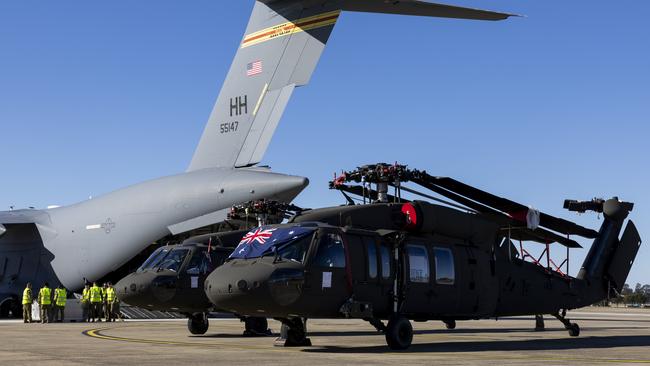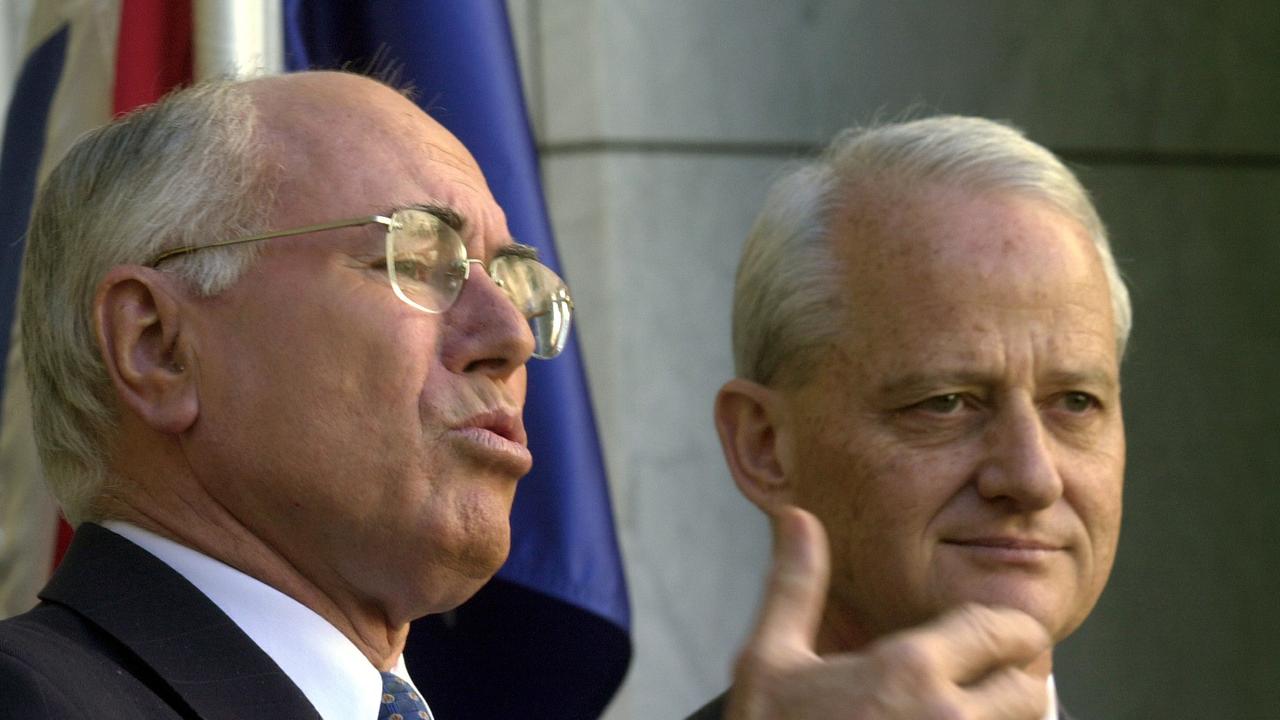Army aviation transforms with switch to Black Hawks, Apaches
The army is well down the path of a generational change of combat helicopter capability based on the early retirement of the European Taipan and Tiger fleets.

The army is well down the path of a generational change of combat helicopter capability based on the early retirement of the European Taipan and Tiger fleets.
The scrapped utility helicopter capability of 47 Taipan battlefield airlifters – one was destroyed in a fatal crash last year – is being replaced by US Black Hawk UH-60Ms, with 40 on order.
Eight have arrived in the country, with another four due before the end of the year.
The process of replacing 22 Tiger Armed Reconnaissance Helicopters with Apache AH-64E craft is also well advanced. For the moment, all Tigers remain operational, with Apaches scheduled to start arriving in 2025 and deliveries completed by 2029. According to defence budget papers, some ARHs will not be retired until 2029 – but that plan could change.
Army anticipates declaring initial operating capability with 12 AH-64Es in 2026.
The disappearance of the Taipan fleet has attracted some controversy, with the army – backed by Defence Minister Richard Marles – coming up with a plan a year ago to secretly dismantle them for spare parts.
Speaking to the media on August 10, Chief of Army Lieutenant General Simon Stuart denied the helicopters had been destroyed. He might have been concerned with the terminology and perhaps a more rigorous description is that they have been permanently and irretrievably disintegrated and partially interned.
Because of the extraordinary level of secrecy surrounding the process, Australian taxpayers are not fully informed about the finer details of why Taipans worth $1bn and with 15 years of life left in them have been replaced by $3bn of Black Hawks.
For several years, army has been complaining loudly about the poor availability of the fleet – a situation experienced by some, but not all, users – and in barely disguised frustration decided that the easiest solution was to get rid of the lot.
This has led to a situation whereby the manufacturer, Airbus Helicopters, has been buying back spares at bargain basement prices and reselling them to other operators of the parent NH90 fleet of 500 helicopters operating in 14 countries, including New Zealand.
The Chief of Army also disputed that the remains of the helicopters were being prepared for burial. Earlier this year, the Defence Department made a comment about the process: “The disposal method for aircraft parts, including sections of the airframe, that are not required by existing NH90 operators is subject to an ongoing procurement process. These parts, which include a complex range of materials, will be disposed of in an environmentally conscious manner.”
Another associated matter that is yet to be fully explored is why a request from Ukraine for a donation of the Taipans late last year was ignored. The government says the expression of interest arrived too late. Ukraine thinks otherwise. Another line is that Australia did them a favour by not giving them the helicopters because they would be too difficult to support – but that was taken with no knowledge of Kyiv’s advanced aerospace sector, which is larger than Australia’s.
To the mix can be added the tragedy of the Lindeman Island crash of July 28, 2023, which claimed the lives of four service personnel when the helicopter hit the water at high speed during a night training operation.
While the public inquiry still has a way to go, focus has shifted from the Taipan to issues such as crew training and fatigue.
Nevertheless, the transition of both utility and attack helicopter types is now irreversible. The Black Hawks are already performing well and, according to army, are exceeding their contractual availability. Maintaining them should also be made easier by basing them in a single location rather than the five separate ones for Taipans.
With the Apache purchase, Australia has joined a huge group of international users. In our region, these include Indonesia, Japan, Singapore and South Korea. More than 5000 have been built and they will remain in production for several more years. The army is acquiring the latest version, which also comes with a mast-mounted Longbow fire control radar.
The next evolution of the AH-64E will see them working with a variety of uncrewed aerial systems, known in the trade as MUM-T (Manned-Unmanned Teaming). With tough armour, a 30mm cannon and a variety of guided and unguided rockets they will add to army’s combat power at a time of growing uncertainty.


